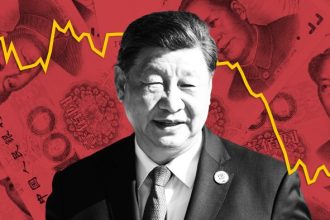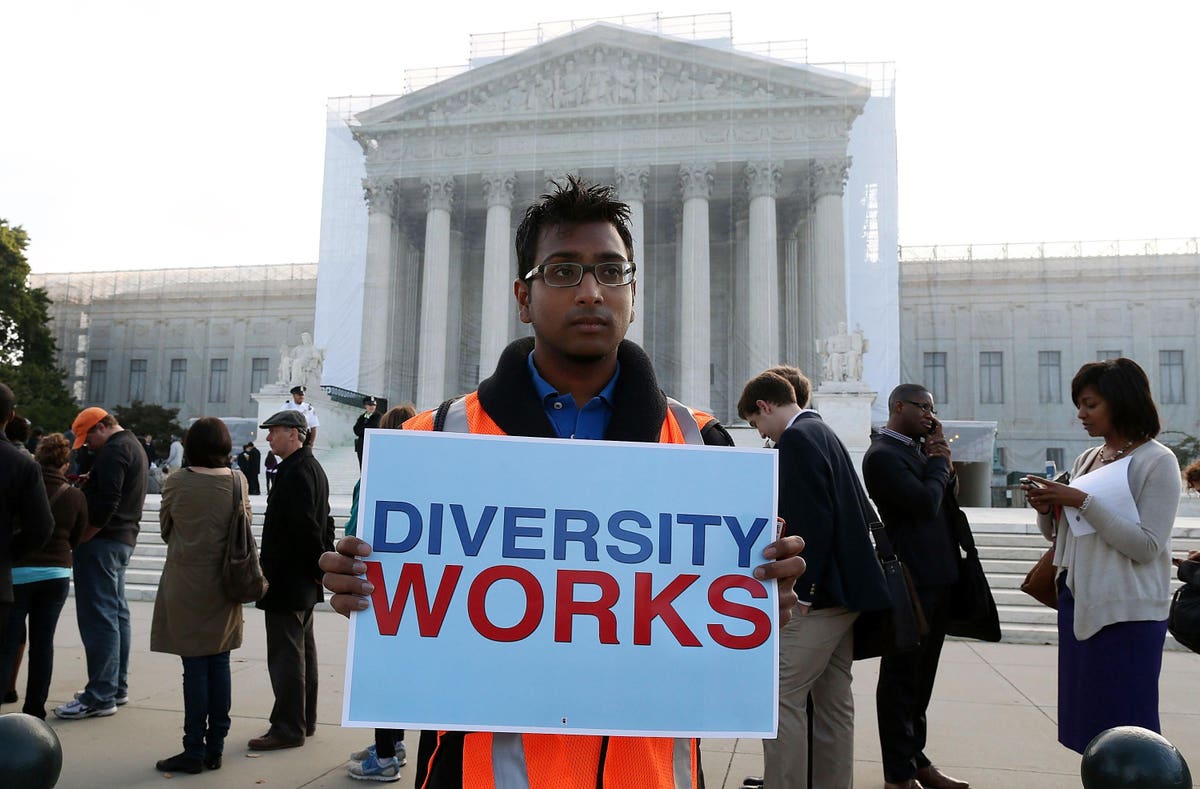The Supreme Court’s recent ruling to end affirmative action is an appalling move that will, among other things, greatly impact American business.
Business success in the 21st century almost always depends on some form of innovation. Innovations, inventions, and new iterations of familiar services and products drive competitive advantage. Innovations also drive productivity: creating new ways to do more with less.
The most practical and sustainable way to arrive at creative, innovative solutions is through diversity of opinions. Again and again, that has proven to be the most effective way to produce the so-called “out-of-the-box solutions.” That’s why Diversity, Equity, and Inclusion programs– one way business addresses affirmative action—have become such an essential part of any successful organization. Different backgrounds, mindsets, and experiences challenge the status quo’s problem. In that interactive process, horizontal leaps are more likely to occur.
Employees—workers who feel motivated to go through this process repeatedly—are the most valuable ones on a company’s team. Worker motivation is critical. Creative thought seldom happens in a frightened, uncaring mind. That’s why DEI is often measured by how workers feel in their relationship with the organization. A feeling of belonging is the ultimate measure of a successful effort to diversify an inclusive workplace—and that feeling of belonging is precisely what motivates an employee. That is, an individual ready to produce these breakthrough solutions, alone, or in partnership with others. The purpose-driven organization helps to create this corporate culture.
By systemically removing affirmative action programs at the college level, education will become narrower, and those allowed to prepare for a business career while pursuing a degree will be less diverse. This education is critical—not just in preparing students to enter the business world but also in honing innovation skills. Competitive analytical skills, breadth of exposure to historical and diverse thinkers, and seeing parallels between different times and places often provide the heat that causes creative insights. That’s how the creative mind connects dots as practical solutions evolve from the mix of diverse experiences, linking disparate facts, seemingly unrelated to the problem at hand. That’s what good schools do.
I know this very, very well because I was a recipient of a good education from among our country’s finest institutions. I might have never gotten an education if those educational institutions hadn’t practiced a sort of affirmative action on my behalf, giving me a chance when the odds looked stacked against me, given my background and upbringing.
I arrived in America at age 15 in April of 1954, without knowing how to speak a word of English. I also had only a fourth-grade education. I had spent close to five years in a Communist forced labor environment from 11 to age 15—10-hour days, six days a week. My older brother and I were liberated political prisoners. There was a great deal of publicity about our arrival in the United States. So, we had a leg up in terms of being given a chance once we arrived in America. I was gifted entrance into Exeter Academy. The headmaster had read my story in the press, and he called my parents to offer a place for me in their school even though I could barely speak the English language. Yes, I was white, and I had acquired a remarkable work ethic, yet non-English speaking students were never admitted in those days. The odds were so great that there was considerable risk that Exeter wouldn’t be able to catch me up, so to speak. Against the formidable odds, Exeter prepared me for admission to Princeton and then Stanford, where I earned an MBA. That kind and thoughtful headmaster gave me an opportunity. And opportunity is the key.
I will not argue fully why we Americans owe the Black community a shot at more opportunity. It doesn’t need to be said. Centuries of racial discrimination that, in some cases, continue to this very day. Look at any data about our society. I have served for over 25 years on the board of a large community hospital in New York City. I know the statistics: infant mortality rates, lifespan, and predisposition to disease. All those numbers, broken down by race, show how the Black community struggles at a huge disadvantage. During Covid, if you were Black your chances of dying were five times higher than if you were white. Our culture, our public health, housing, and education all work against the Black people. Through the likes of affirmative action, Black people thrive. A good many of our iconic business leaders are Black. I know, I have worked with some of the best executives in the world, and some were Black. All because they were given the opportunity. Affirmative action has a role, if carried out intelligently and with great care.
One final point. Affirmative action benefits everyone. It also allows white kids to learn how to get along, work together, respect, and make friendships with people unlike them. Does that matter? Well, in less than two decades, the non-white population of America will be the majority. That is the emerging reality of America today.
We must come together as a people. We are a different type of country. We must learn to make diversity work for us. In everyday life, neighborhoods, governments, and I argue, in business. As a nation, America owes the Black community an end to discrimination and second-class status. The objective is not equality of outcomes. But the imperative is equality of opportunity. And that means a quality education from age three, available to everyone.
The Supreme Court got it wrong. Very wrong for the Black community, for the white community, for society in general, and business as well. I urge all academic institutions to find a way around this profound, unjust, and counterproductive decision.
Read the full article here





